In the competitive world of sports, athletes are constantly seeking ways to improve performance and recover faster from injuries. Traditional treatments often involve rest, physical therapy, and sometimes surgery, but these methods can be time-consuming and may not always yield the desired results. Enter regenerative therapy, a groundbreaking approach that harnesses the body’s natural healing abilities to repair damaged tissues, reduce inflammation, and enhance overall athletic performance.
What is Regenerative Therapy?
Regenerative therapy includes various treatments like Platelet-Rich Plasma (PRP) therapy, stem cell therapy, and exosome therapy. These treatments work by stimulating the body’s repair mechanisms, promoting the regeneration of healthy cells and tissues. Unlike conventional treatments that merely address symptoms, regenerative therapy targets the root cause of injuries, facilitating long-term healing and recovery.
How Does Regenerative Therapy Benefit Athletes?
Accelerated Healing and Recovery
Injuries such as torn ligaments, tendonitis, and muscle strains can sideline athletes for weeks or even months. Regenerative therapy can significantly speed up the healing process by promoting tissue regeneration and reducing inflammation. Athletes can return to training and competition much sooner, minimizing downtime and maintaining their peak performance.
Reduced Pain and Inflammation
Chronic pain and inflammation are common issues among athletes, often resulting from overuse injuries or degenerative conditions like arthritis. Regenerative therapy has been shown to reduce pain and inflammation effectively, providing athletes with much-needed relief and enabling them to train harder and longer without discomfort.
Enhanced Performance
By improving tissue health and function, regenerative therapy can enhance an athlete’s overall performance. Healthier, stronger tissues are less prone to injury, allowing athletes to push their limits and achieve new personal bests.
Additionally, regenerative treatments can improve joint mobility and flexibility, essential for peak athletic performance.
Non-Surgical Solution
Many athletes fear surgery due to the associated risks, lengthy recovery times, and potential impact on their careers. Regenerative therapy offers a non-surgical alternative that can be just as effective, if not more so, in treating various sports injuries. This minimally invasive approach involves less downtime and fewer complications, making it an attractive option for athletes.
Real-Life Success Stories
Numerous professional athletes have turned to regenerative therapy to enhance their performance and speed up recovery. From NBA stars to NFL players, the success stories are abundant. These athletes have reported significant improvements in their conditions, allowing them to get back in the game faster and stronger than before.
The Future of Sports Medicine
As research and technology continue to advance, regenerative therapy is poised to become a cornerstone of sports medicine. Its potential to revolutionize the way athletes recover from injuries and enhance their performance is immense. With ongoing studies and clinical trials, the applications of regenerative therapy in sports will only expand, offering athletes new and innovative ways to stay at the top of their game.
Regenerative Therapy is a unique therapy that can provide pain relief and improved mobility. It’s certainly worth weighing as an option.
Schedule your free consultation with our specialists at Optimal Health located in Knoxville, TN, by clicking here or call us directly at (865) 690-1455.











